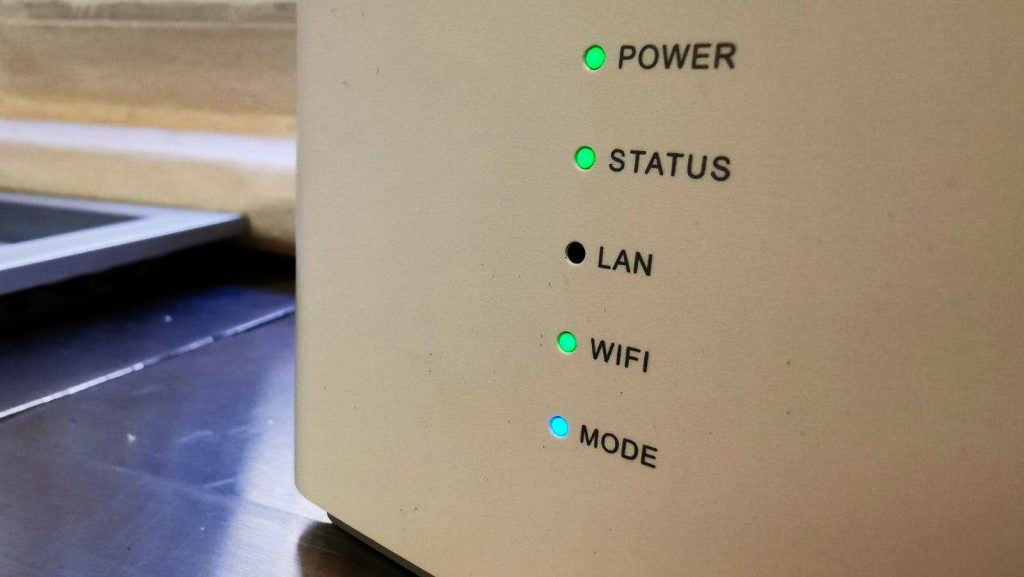Inbox icons, subject line sorcerers, CTA kings – the results are in. The 2025 You Mailed It Awards by Everlytic have crowned their champs, with Old Mutual Rewards and Machine_ taking…
Just 10.4% of South African households have direct access to the internet

Just 64.7% of South African households have at least one member that can internet from any device, anywhere, according to Statistics South Africa.
The stats firm on Tuesday published its extensive General Household Survey (opens as PDF) looking at internet and device penetration rates in South Africa in 2018.
Some key stats suggest that South Africa’s mobile penetration rates are healthy. 86.9% of South African households in metropolitan areas exclusively rely on cell phones as their only means of communication compared to 0.1% only using landlines.
“The exclusive use of cellular phones was most common in City of Tshwane (91.1%), City of Johannesburg (90.3%), and Ekurhuleni (89.6%),” Stats SA notes.
In Buffalo City, 7.9% of households have access to neither, while Cape Town has the highest number of households using both cell phones and landlines (19.9%).
The Western Cape also has the highest internet penetration rate from the home. 25.8% of its residents can access the internet from their dwellings. 72.4% within the province have access “anywhere”.
Gauteng has the highest internet penetration rate in general, with 74.6% of its residents affording access from their homes, place of work, study, or cafes. In Limpopo, just 46.2% of South Africans have access to the internet — the lowest rate in the country.
17.3% of households in metropolitan areas, 1.7% in rural areas had access to the internet at home
“Marginally over one-tenth (10.4%) of South African households had access to the internet at home,” Stats SA adds. This number was just 1.7% in Limpopo and 3% in the North West.
There’s a huge disparity between internet access from home in metros compared to internet at home for rural users.
“While 17.3% of households in metropolitan areas had access to the internet at home, this was true for only 1.7% of rural households in general and less than one per cent of rural households in North West (0.8%) and Limpopo (0.6%),” Stats SA reveals.
“Households were generally more likely to have access to the internet at work than at home or at internet cafes or at educational institutions. Households in Gauteng and Western Cape were most likely to access the internet at work while those in Limpopo were least likely to do so.”
Notably, mobile devices and the prevalence of 3G and 4G is slowly changing the rural internet landscape.
“Nationally, internet access using mobile devices (60,1%) was much more common than access at home (10.4%), at work (16.2%) and elsewhere (10.1%),” Stats SA adds.
“Although the use of mobile Internet access devices in rural areas (45.0%) still lags behind its use in metros (67.5%) and urban areas (63.7%), it is much more common in rural areas than any of the alternative methods,” it concluded.
Feature image: A home LTE-based WiFi router, by Andy Walker/Memeburn


